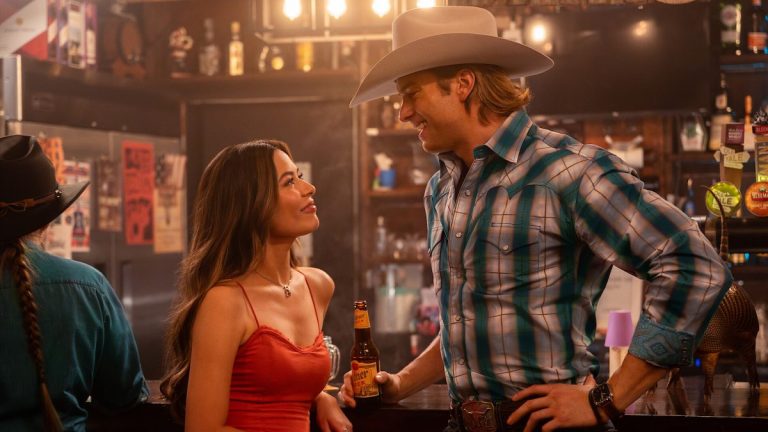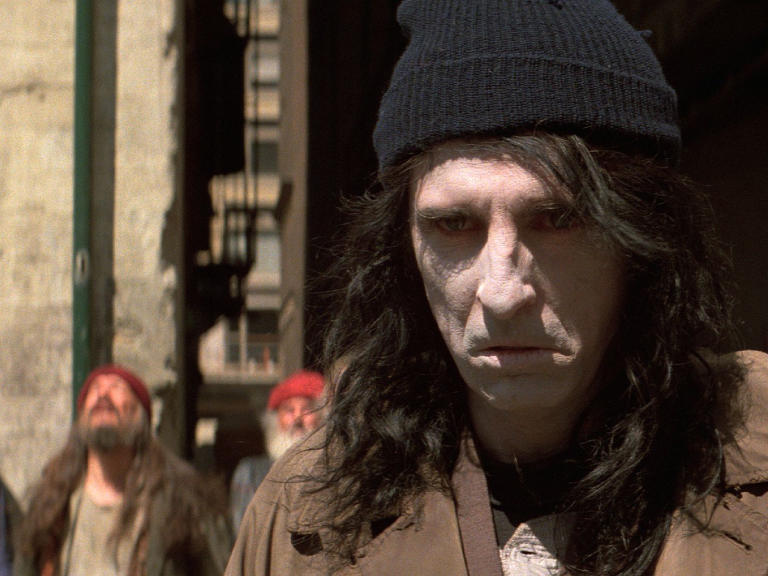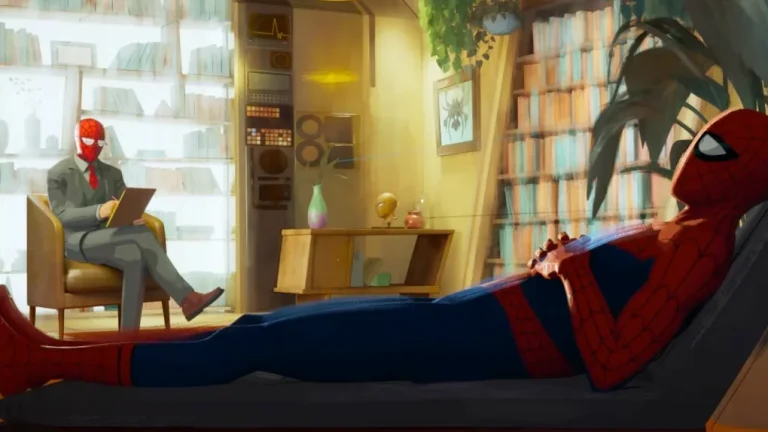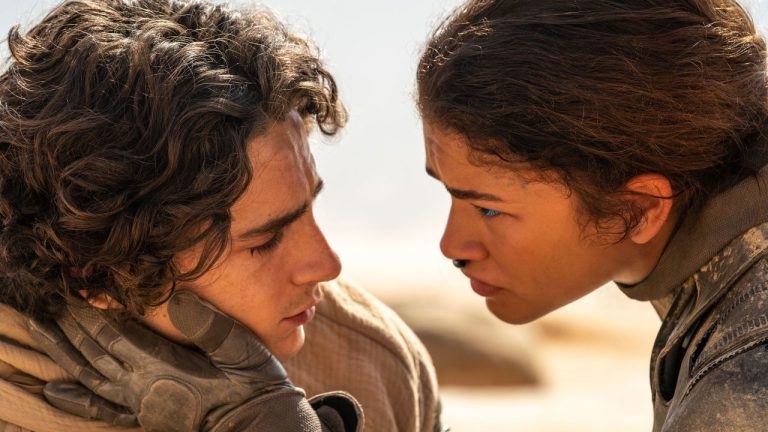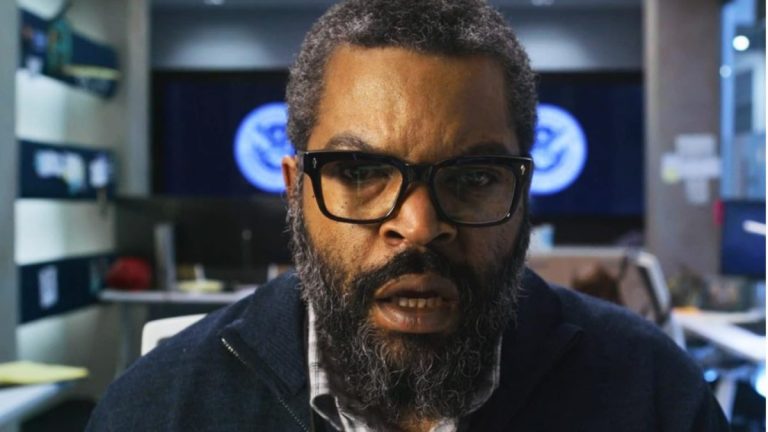Fans of the high-octane “Mad Max” franchise rejoiced when news broke about “Furiosa,” a prequel diving deeper into the enigmatic character played by Charlize Theron in “Fury Road.” But for director George Miller, the return to the post-apocalyptic wasteland wasn’t a foregone conclusion.
In a recent interview with The New Yorker, Miller shed light on what reignited his passion for the “Mad Max” universe after a nearly three-decade hiatus.
“Each time I finished a ‘Mad Max’ movie,” Miller admitted, “I said, ‘I will never make another one.’” There had to be a compelling reason, something to truly invigorate him.

For “Fury Road,” that spark came from a thought experiment: “How much of a story could you tell if the movie was constantly on the move?” he pondered. Essentially, Miller envisioned an extended chase film, pushing the boundaries of narrative delivered within the confines of a high-speed pursuit. Imagine the iconic War Rig, a monstrous gasoline-guzzling machine cobbled together from scraps, thundering across a desolate landscape, pursued by Immortan Joe’s menacing battalion in vehicles adorned with grotesque chrome ornaments. But it wouldn’t be just about spectacle.
“For any story to have any worth,” Miller continued, “there must be more to it than meets the eye, there has to be a lot of iceberg under the tip.”
This philosophy translates into the meticulous world-building that’s become a hallmark of the “Mad Max” films. Miller emphasizes an “anthropological authenticity,” ensuring every element on screen, from costumes to props and even the backstory of a seemingly minor character like the guitarist, contributes to the film’s rich tapestry.
“The guy who plays the guitar—I can tell you who his mother was, how he survived the apocalypse and came to work in the service of the Immortan Joe,” Miller explained. “I can tell you where his guitar came from; it’s made of a hospital bedpan. And everything has to be multipurpose if it is to survive, so the guitar is also a flamethrower.” Just picture the Doof Wagon, a monstrous speaker system mounted on a car, spewing apocalyptic rock anthems and flames in equal measure, courtesy of the bedpan-guitarist.
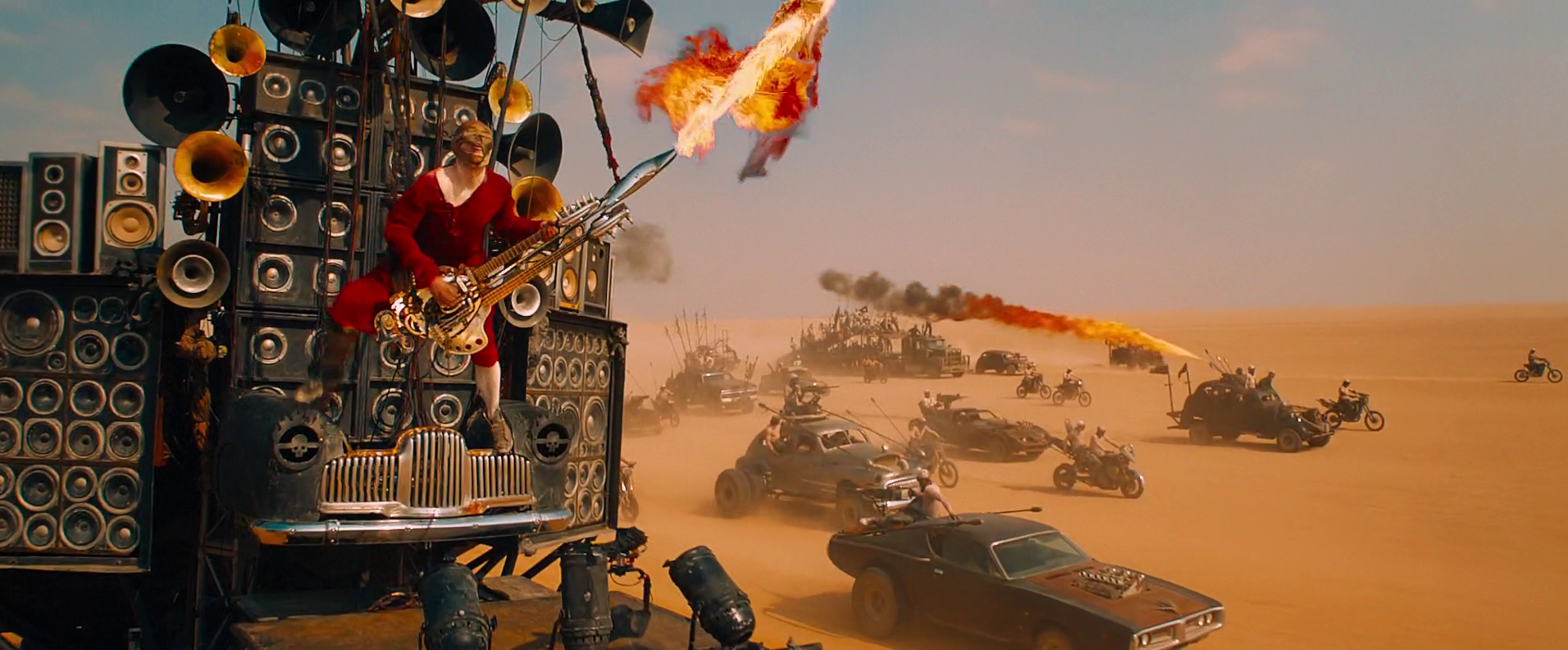
This meticulous attention to detail extends beyond the narrative. The vehicles themselves are a testament to Miller’s commitment to internal logic. “The cars themselves are not modern cars,” he clarifies, “because those are very, very dependent on computer technology; they crumble under impact.” Instead, the director opts for a cruder, more resilient aesthetic, reflecting the harsh realities of the wasteland. Imagine the War Rig itself, a testament to human ingenuity in the face of scarcity, its hulking frame welded together from the remnants of a bygone era.
Miller’s dedication to building a believable post-apocalyptic world, where every rusting bolt and repurposed object whispers a story, is a large part of what makes the “Mad Max” films so captivating. “Furiosa” promises to be a worthy successor, offering a deeper exploration of a beloved character while continuing to push the boundaries of action filmmaking within a meticulously crafted universe.



